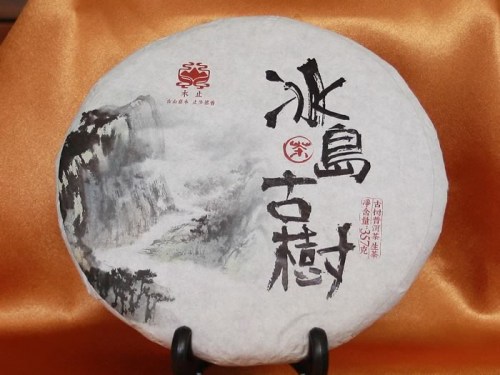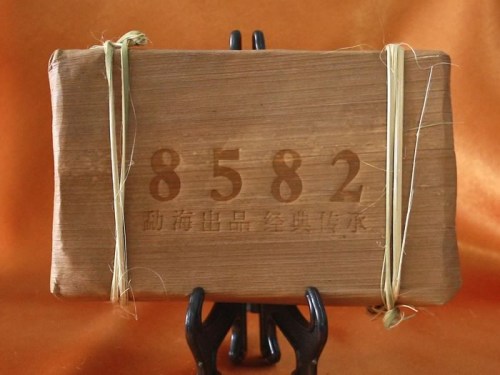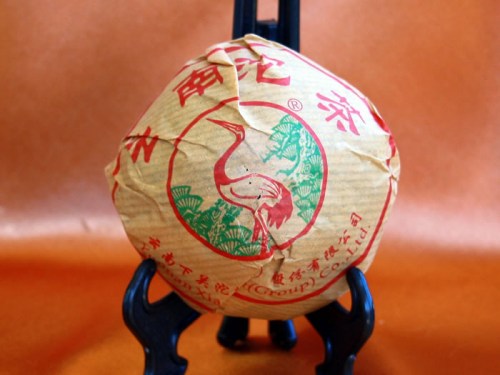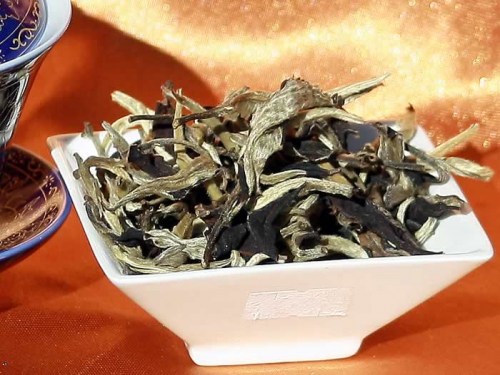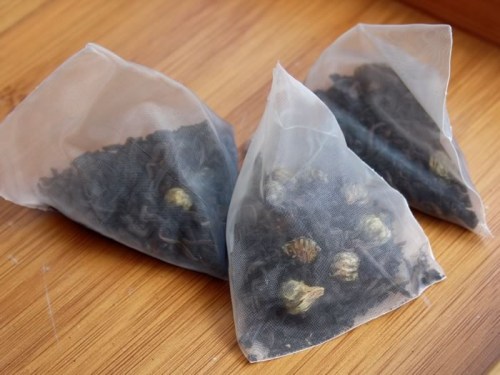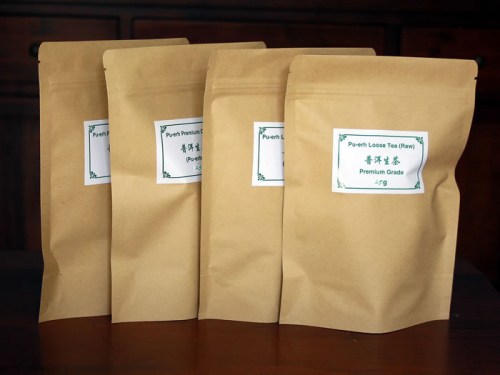Pu Erh tea
Buy Pu-erh tea from Yunnan
Pu-erh tea is produced in the Yunnan Province, south-west of China.It is rapidly gaining favour amongst tea enthusiasts worlld wide.
We offer an extensive collection of premium authentic Chinese Pu-erh teas sourced directly from Yunnan - finest quality, wild grown, in cakes, bricks, Tuocha, loose, aged tea and young tea and a wide selection of Pu-erh accessories. Purchase online with affordable prices and fast delivery. The ability to buy Pu-erh tea online has made this ancient Chinese beverage accessible for the first time to many tea consumers in the west .
What is Pu-erh tea?
Pu-erh tea is a class of Chinese tea that is produced in the Yunnan Province of China, from the leaves of an arbor tea tree that has been sun dried (but not baked or roasted)
Pu-erh tea's other names:
Pu er tea, Puer tea
What are the health benefits of Pu-erh tea?
Drinking Pu-erh tea has been reported to offer the following health benefits:
1. anti-hyperlipidemic
2. anti-diabetic
3. anti-oxidative
4. anti-tumor
5. anti-bacterial
6. anti-inflammatory
7. anti-viral
(https://pubmed.ncbi.nlm.nih.gov/28822144/)
Do Pu-erh teas contain probiotics?
Yes, they do. These micro-organisms are responsible for the unique nature of the Pu-erh tea - post fermentation and are believed to be beneficial for various metabolic conditions such as people with Metabolic Syndrome. (https://pubmed.ncbi.nlm.nih.gov/29061705/)
Is Pu-erh tea high in caffeine?
Pu-erh tea is relatively low in caffeine content in comparison to other teas. The caffeine level of a tea is determined by both the tea variety and the method of brewing. With everything else equal, the caffeine level of a serve of a ripened pu-erh tea is about 10% of that of a green tea and 5% of a black tea. A freshly produced raw/Sheng Pu-erh’s caffeine is between the that of a green tea and a ripened Pu-erh.(https://pubmed.ncbi.nlm.nih.gov/12643643/)
Is Pu-erh tea a black tea?
Pu-erh tea is not a black tea. Black teas are processed in such a way that the tea leaves are fully oxidised when they are processed. Pu-erh teas are fermented teas (with microbiota involved. Their level of fermentation varies depending on the tea variety and age.
Raw/Sheng vs ripened/Shou/cooked Pu-erh, what are the differences?
Sheng Cha (Sheng Pu-erh, raw Pu-erh, green Pu-erh tea or uncooked Pu-erh): tea leaves are compressed into shapes (cakes, bricks etc) and ferment naturally after their production. Unlike all other Chinese teas, pu-erh teas are made of tea leaves harvested from forest tea trees and the tea leaves are relatively bigger and rougher. It is believed that it generally takes at least 2 years of natural fermentation for them to be 'softened up' to be suitable for consumption.
Shou Cha (Shou Pu-erh, ripened Pu-erh, pre-fermented pu-erh, cooked Pu-erh): a speed fermenting process called O-Dui is used during their production. The teas are ready to be consumed immediately after their production.
What is the history of Pu-erh tea?
Pu-erh tea belongs to the Compressed Tea category - one of six main categories of Chinese teas. Named after its birth place, the ‘Pu-erh’ village in the Yun Nan province south-west China, it was first traded in the village market during Tang Dynasty (618-907 AD).
Despite having been around for a couple of thousand years, Pu-erh tea has gained recent notoriety due to its exclusive ability to reduce body fat deposit and aid digestion. This is believed to the one of the reasons that Pu-erh tea has been widely consumed and highly sought after in areas like Tibet where high fat diet (eg. camel milk and yaks and sheep meat) is consumed and vegetables and fruits supply is extremely limited due to the high altitude, prolong winter and the roaming nomads lifestyle. To the Tibetans, tea is their flesh, blood and life.
Where is Pu-erh tea produced?
By definition, only teas produced from the tea leaves harvested from the arbor tea trees in the Yunnan Province of China can be called Pu-erh tea.
Pu-erh tea’s production is therefore geographically concentrated and defined. There are six core traditional Pu-erh production areas, based on the mountain ranges where the ancient tea trees are distributed and the tradition of Pu-erh tea production has been carried out: Yi-Bang (倚邦), Ge-Deng(革登), Mang-Zhi (莽枝), Man-Zhuang(蛮砖), You-Le (攸乐) and Yi-Wu(易武). Most of the tea trees in these areas are at least a few hundred years old, some are believed to have been around for over 1000 years.
There are also six relatively newer Pu-erh tea production areas, mainly due to the expansion and migration of the local tea farmers. When the tea farmers settled in these new areas, they took with them their tradition of tea making and established new tea plantations around the areas where they are now living.
Pu-erh teas produced in the different regions from different mountain ranges offer have distinctive natures. They are therefor also often sub-categorized and named after the mountains/hills where they are produced. For example, Bu-Lang(布朗), Ban-Zhang(班章) or Bing-Dao (冰岛) etc.
Tell me about the varieties of Pu-erh tea?
Pu-erh tea is a big family with many varieties.
Pu-erh teas can be divided into the following two major categories based on their status of fermentation:
- Sheng Cha (Sheng Pu-erh, raw Pu-erh, green Pu-erh tea or uncooked Pu-erh): The tea leaves are harvested, withered, sun dried them compressed or left loose.
- Shou Cha (Shou Pu-erh, ripened Pu-erh, pre-fermented pu-erh, cooked Pu-erh): Pu-erh tea leaves are harvested, O-Dui (piled and speed fermented for around 40 days) then compressed or left loose.
Based on the shapes and sizes, Pu-erh tea can also be in:
- cakes/discs
- bricks
- Tuo Cha
- loose
Our Pu-erh tea shop - where to buy Pu-erh tea
Our Pu-erh teas are sauced directly from the Yunnan province of south-west China. The tea leaves were harvested from the ‘Quao Mu’ arbor tea trees – the Camellia Sinensis of Assamica specie. The skills used to make these fine pu-erh teas are inherited from many generations of previous tea farmers traditional wisdom, knowledge and experiences.
Our offers include:
- raw (Sheng) and ripened (Shou) Pu-erh tea
- Pu-erh cake, bricks, Tuocha and loose Pu-erh tea leaves
- young and aged teas
Pu-erh tea's other names
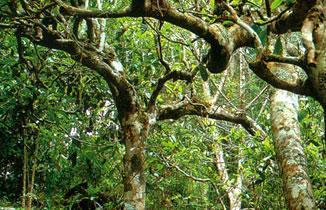 Pu'er tea, Pu Erh tea, Puerh tea, Puer tea, phu erh, puehr, puh er, pur erh, pur-eh, pur-eh tea, pur er tea, pu'erh, phu er, pu ehr, puh erh tea, yunnan pu-erh tea, Pu-erh black tea
Pu'er tea, Pu Erh tea, Puerh tea, Puer tea, phu erh, puehr, puh er, pur erh, pur-eh, pur-eh tea, pur er tea, pu'erh, phu er, pu ehr, puh erh tea, yunnan pu-erh tea, Pu-erh black tea
Pu-erh tea's preparation is also quite different from other Chinese teas. Please refer to the preparation instruction to avoid pit falls of Pu-erh tea brewing: Pu-erh tea preparation and storage guide.
Buying Pu-erh tea can be quite a daunting task for many due to the variations. We recommend to start by buying a sample pack to get a sense of some very basics before moving on to more advanced options. At Valley Green Tea, we ever offer small amount of free samples for testing purpose: free tea samples.
If you have any questions or experiences to share, please join our Facebook discussion group at: https://www.facebook.com/groups/puerhtealovers

